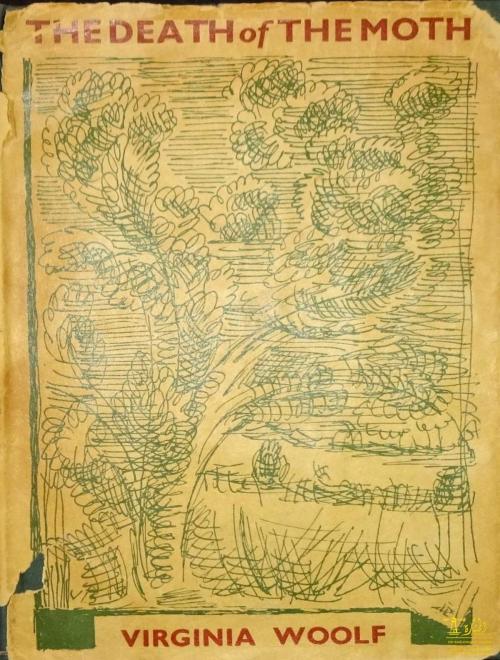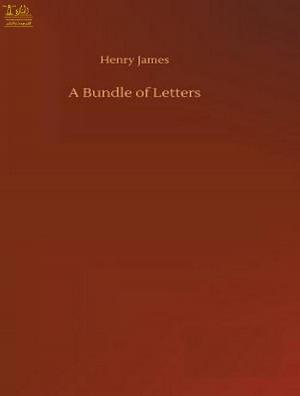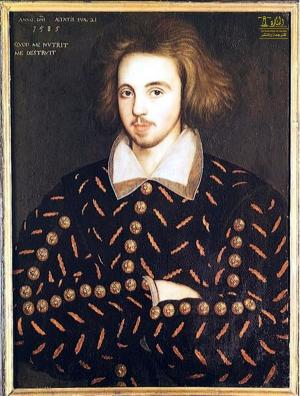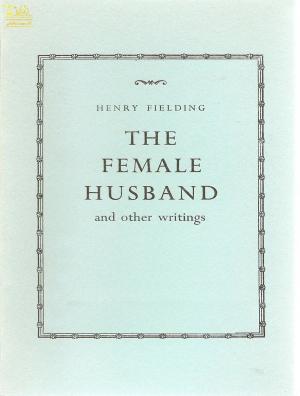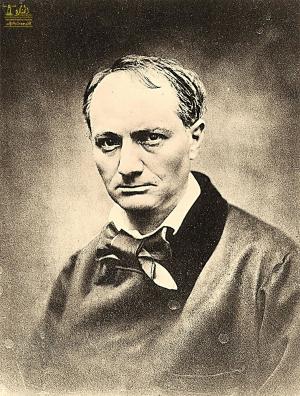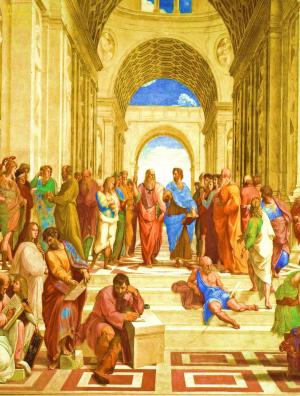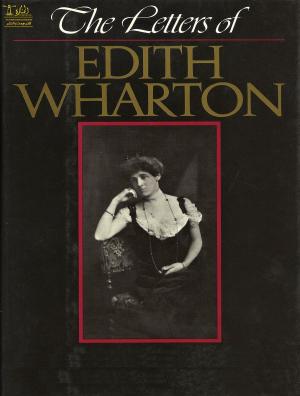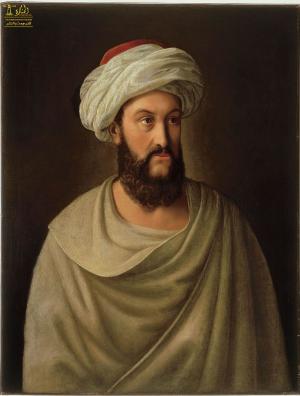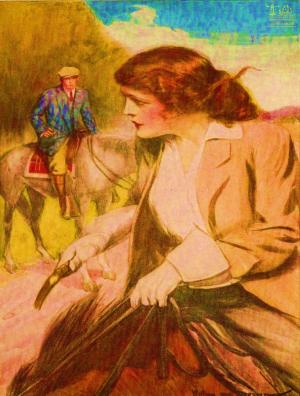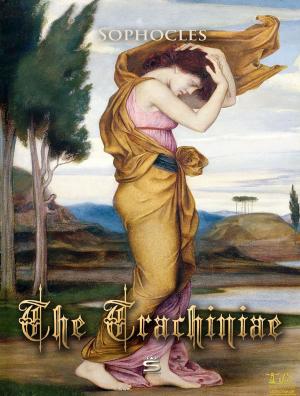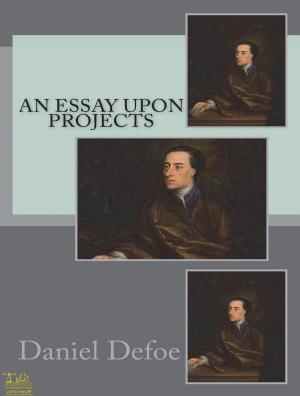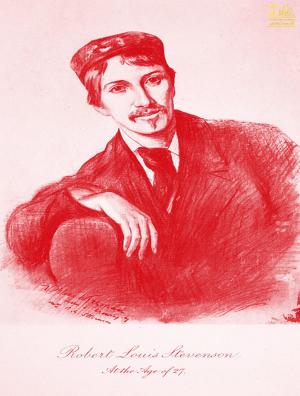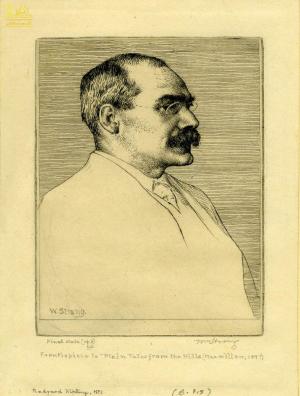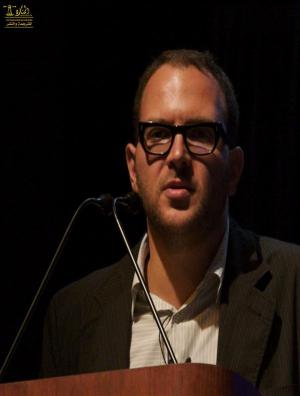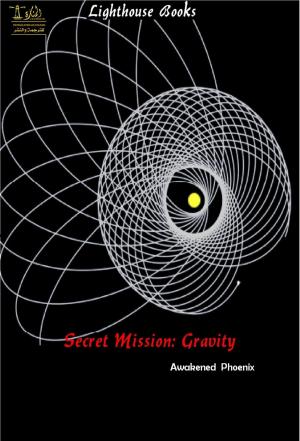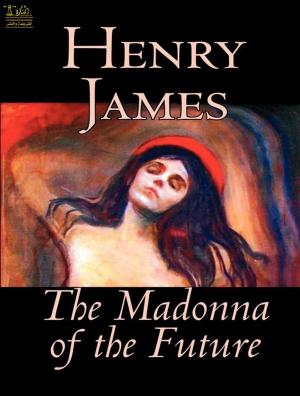The Death of the Moth and Other Essays
Nonfiction, Entertainment, Drama, Anthologies, Fiction & Literature, Literary Theory & Criticism| Author: | Virginia Woolf | ISBN: | 9780599500969 |
| Publisher: | Lighthouse Books for Translation Publishing | Publication: | May 7, 2019 |
| Imprint: | Lighthouse Books for Translation and Publishing | Language: | English |
| Author: | Virginia Woolf |
| ISBN: | 9780599500969 |
| Publisher: | Lighthouse Books for Translation Publishing |
| Publication: | May 7, 2019 |
| Imprint: | Lighthouse Books for Translation and Publishing |
| Language: | English |
A highly acclaimed collection of twenty-eight essays, sketches, and short stories presenting nearly every facet of the author's work. "Up to the author's highest standard in a literary form that was most congenial to her" (Times Literary Supplement (London)).
Considered one of the best of the Modernist writers, Virginia Woolf's personal life is almost as intriguing as her fiction.
Virginia Woolf was born into an intellectually gifted family. Her father, Sir Leslie Stephen, is the author of the massive Dictionary of National Biography, a sixty-two volume compilation of the lives of important British citizens. Virginia's sister Vanessa was a gifted painter, and her two brothers Thoby and Adrian were intelligent, dynamic University men. Despite this heady environment-and having the key to her father's library-Virginia was not afforded the opportunity to attend school like her brothers. This wasn't unusual for the time, but it was something Virginia never quite seemed able to forget. Despite becoming perhaps one of the most intelligent writers of the Twentieth Century, Virginia Woolf always thought of herself as ill educated.
After her parents' deaths, Virginia and her siblings moved out of their family home in Kensington and into a rather shabby London neighborhood called Bloomsbury, where they enjoyed the intellectual stimulation of socialists, artists and students. Thoby, who had made a number of extremely interesting friends while at Cambridge, instituted Thursday night get togethers with his old college buddies and other great London minds: Lytton Strachey, Roger Fry, Clive Bell, Leonard Woolf, Duncan Grant, Desmond MacCarthy and John Maynard Keyes. Virginia and Vanessa sat in on these conversations, which ranged from Art to philosophy to politics, and soon became a part of the Bloomsbury Group themselves.
As she came into her own, and comfortable in her new environment, Virginia began to write. She first produced short articles and reviews for various London weeklies. She then embarked on her first novel, The Voyage Out, which would consume nearly five years of her life and go through seven drafts. When that book came out to good reviews, she continued producing novels, each one a more daring experiment in language and structure, it seemed, than the last one. After a botched marriage proposal from Lytton Strachey, and after turning down two other proposals in the meantime, Virginia accepted Leonard Woolf's proposal of marriage, after recovering from a mental breakdown in a country nursing home.
Although she had affairs of the heart with other women like Vita Sackville-West and Violet Dickinson, Virginia remained very much in love with Leonard for her entire life. He was her greatest supporter, half-nursemaid, half-cheerleader. He was also a good novelist in his own right, and a publishing entrepreneur, having founded Hogarth Press with Virginia. Together, they scouted great unknown talents like T.S. Eliot, Katherine Mansfield and E.M. Forster. Hogarth also began publishing Virginia's novels.
A highly acclaimed collection of twenty-eight essays, sketches, and short stories presenting nearly every facet of the author's work. "Up to the author's highest standard in a literary form that was most congenial to her" (Times Literary Supplement (London)).
Considered one of the best of the Modernist writers, Virginia Woolf's personal life is almost as intriguing as her fiction.
Virginia Woolf was born into an intellectually gifted family. Her father, Sir Leslie Stephen, is the author of the massive Dictionary of National Biography, a sixty-two volume compilation of the lives of important British citizens. Virginia's sister Vanessa was a gifted painter, and her two brothers Thoby and Adrian were intelligent, dynamic University men. Despite this heady environment-and having the key to her father's library-Virginia was not afforded the opportunity to attend school like her brothers. This wasn't unusual for the time, but it was something Virginia never quite seemed able to forget. Despite becoming perhaps one of the most intelligent writers of the Twentieth Century, Virginia Woolf always thought of herself as ill educated.
After her parents' deaths, Virginia and her siblings moved out of their family home in Kensington and into a rather shabby London neighborhood called Bloomsbury, where they enjoyed the intellectual stimulation of socialists, artists and students. Thoby, who had made a number of extremely interesting friends while at Cambridge, instituted Thursday night get togethers with his old college buddies and other great London minds: Lytton Strachey, Roger Fry, Clive Bell, Leonard Woolf, Duncan Grant, Desmond MacCarthy and John Maynard Keyes. Virginia and Vanessa sat in on these conversations, which ranged from Art to philosophy to politics, and soon became a part of the Bloomsbury Group themselves.
As she came into her own, and comfortable in her new environment, Virginia began to write. She first produced short articles and reviews for various London weeklies. She then embarked on her first novel, The Voyage Out, which would consume nearly five years of her life and go through seven drafts. When that book came out to good reviews, she continued producing novels, each one a more daring experiment in language and structure, it seemed, than the last one. After a botched marriage proposal from Lytton Strachey, and after turning down two other proposals in the meantime, Virginia accepted Leonard Woolf's proposal of marriage, after recovering from a mental breakdown in a country nursing home.
Although she had affairs of the heart with other women like Vita Sackville-West and Violet Dickinson, Virginia remained very much in love with Leonard for her entire life. He was her greatest supporter, half-nursemaid, half-cheerleader. He was also a good novelist in his own right, and a publishing entrepreneur, having founded Hogarth Press with Virginia. Together, they scouted great unknown talents like T.S. Eliot, Katherine Mansfield and E.M. Forster. Hogarth also began publishing Virginia's novels.
